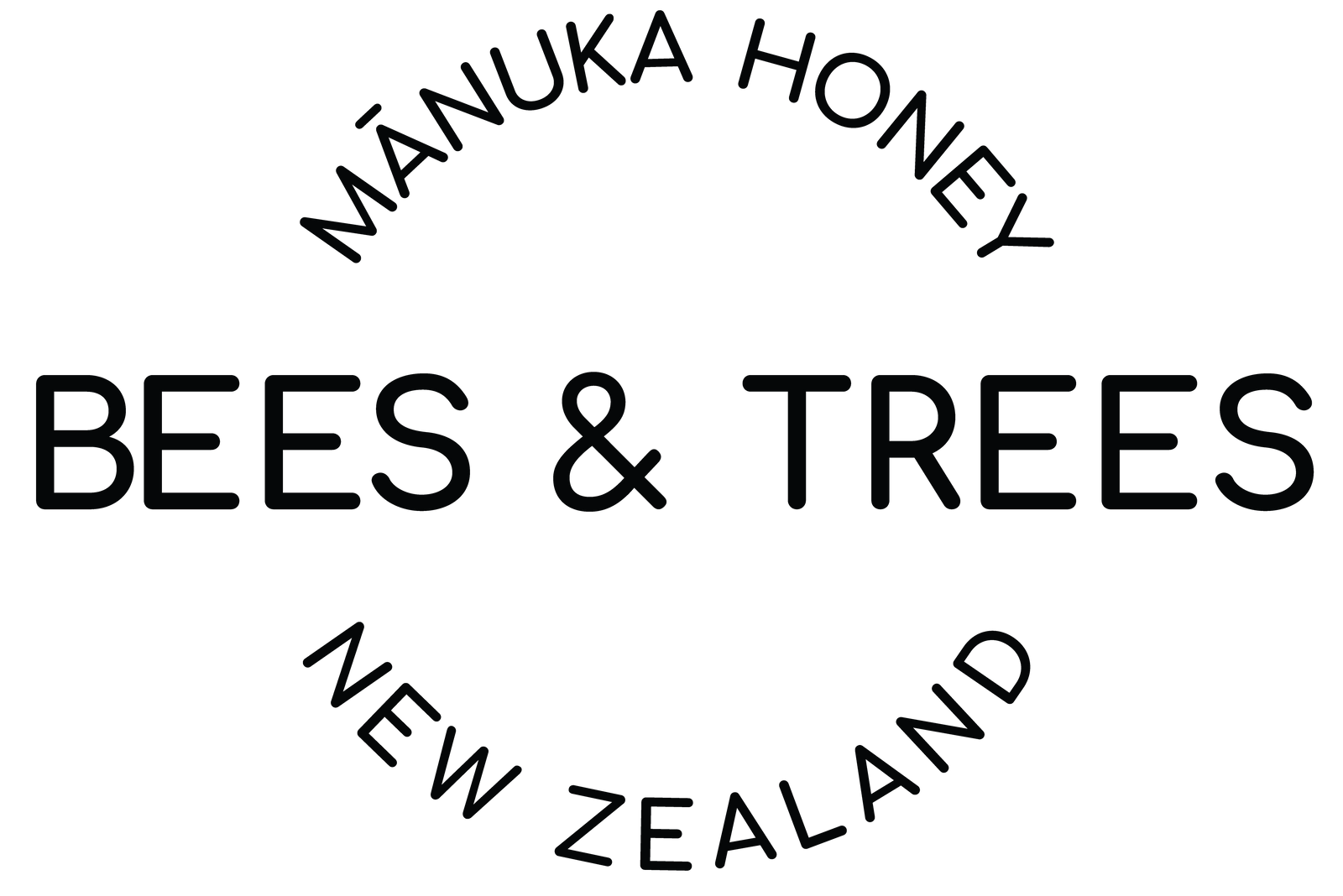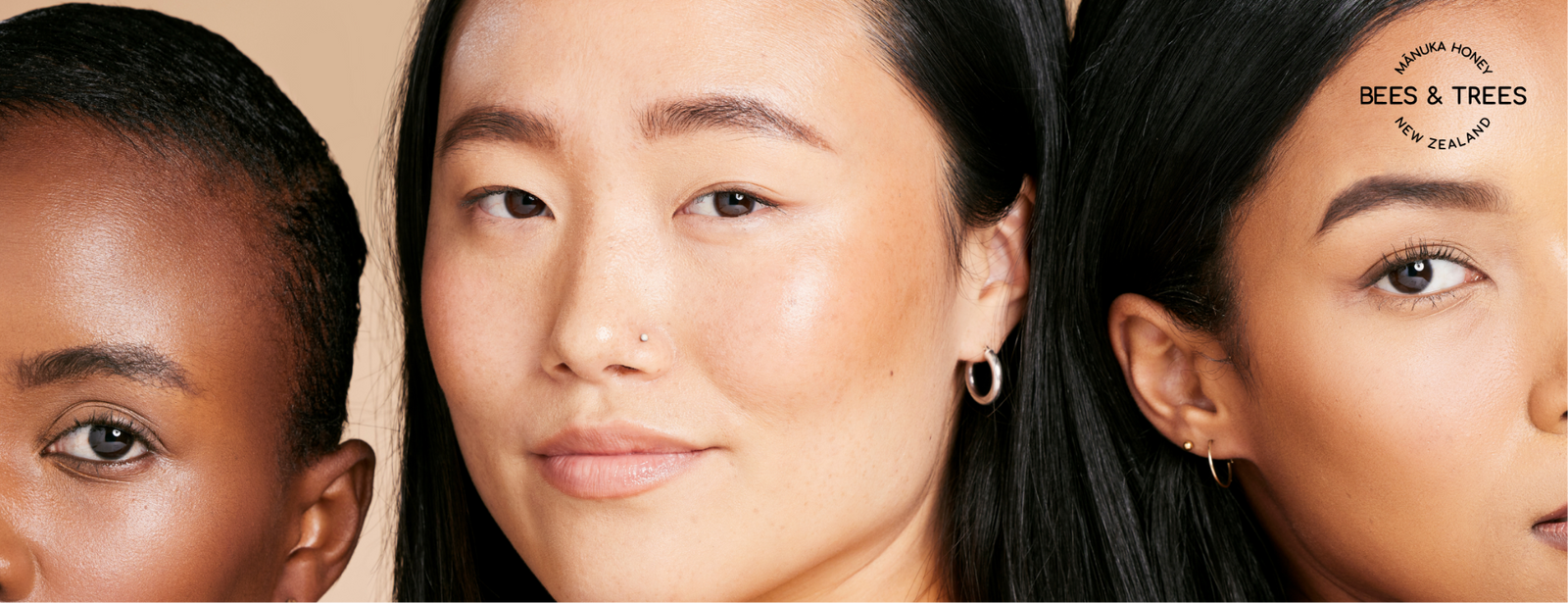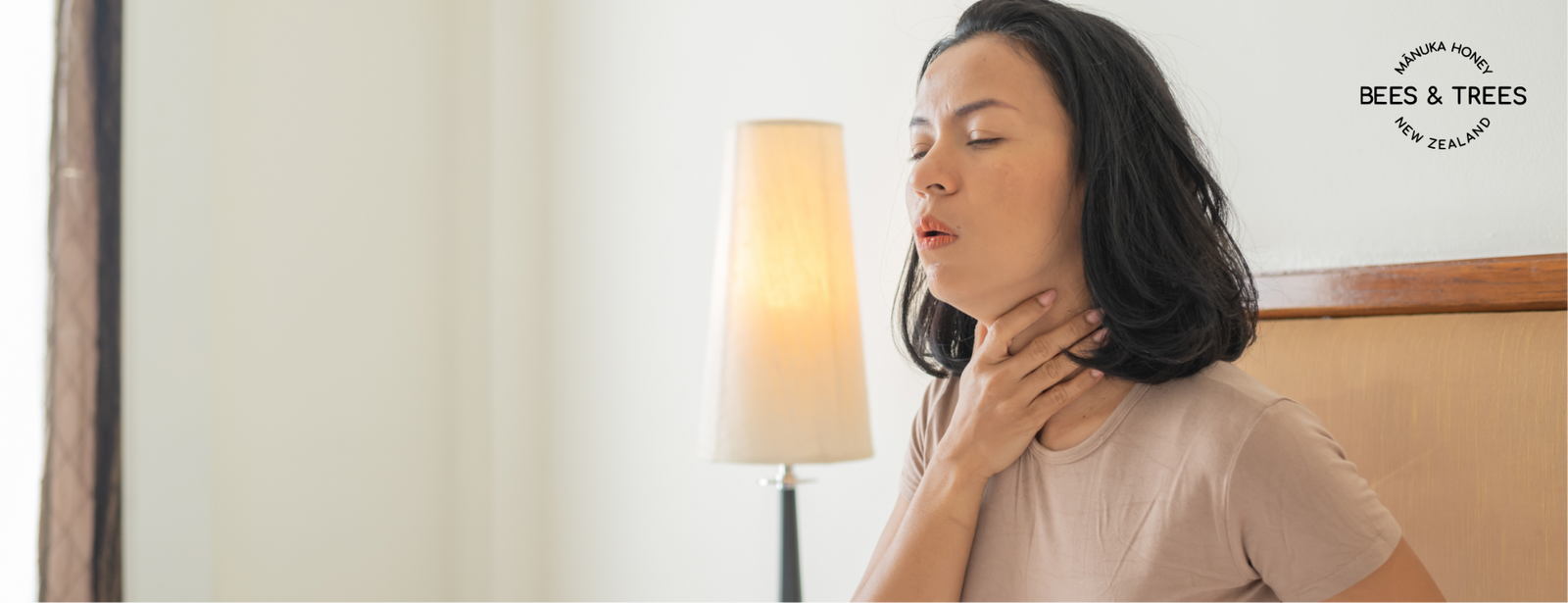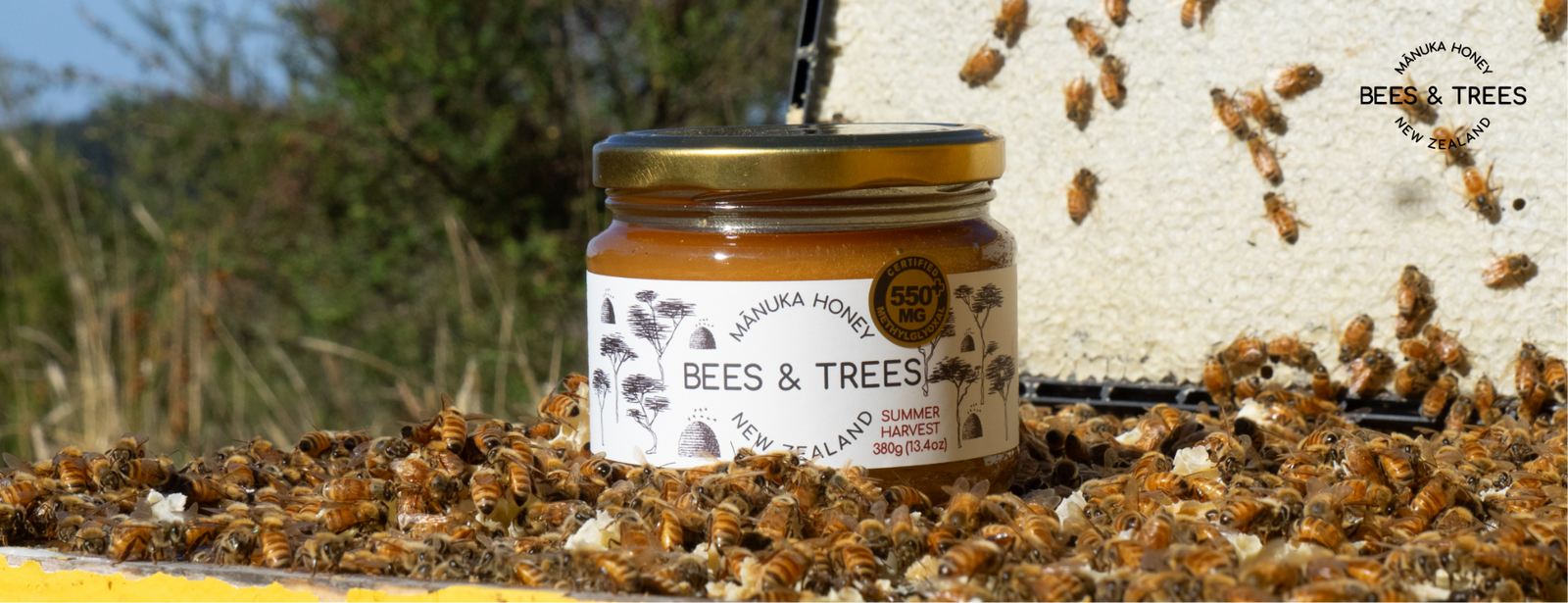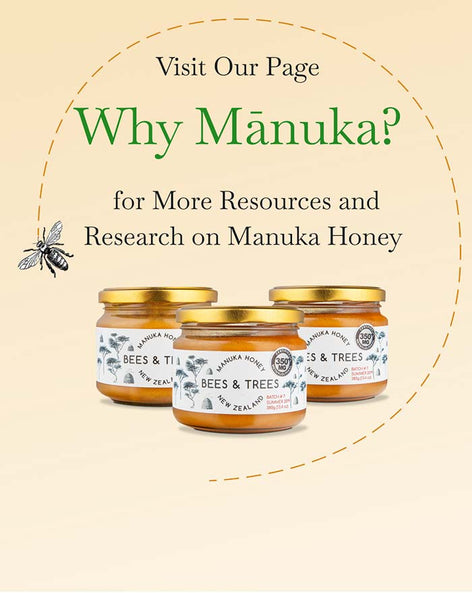About Bees & Bee Health
We take pride in educating you about Mānuka Honey and Natural Wellness.

“Fight the Mite” Honeybee Research Project
Bees and Trees cares about the health of the honeybee population worldwide, very much. And luckily, so do a lot of other people. We are proud to be supporting the research wor... Read More
Do honeybees sleep? Of course they sleep!
Have you heard that honeybees never sleep? It seems to be a notion that is perpetuated by word of mouth. Researchers say otherwise. It just goes to prove that you can’t belie... Read More
Did you know bees can count?
Did you know bees can count? They even understand the concept of zero, but their math skills have limits. Previously, scientists thought bees could only count to four, but new r... Read More
It's National Pollinator Week!
National Pollinator Week is a time to celebrate pollinators and spread the word about what you can do to protect them. Pollination Fast Facts from the Pollinator Partnership: ... Read MoreThe Children Have Honey!
Wow! The children at the Toko School in New Zealand have now collected honey from the hives we donated. Raul, our head beekeeper, has been guiding them through the process rig... Read More
Nature Has Its Own Way of Doing Things
Nature’s AntibacterialThe benefits of honey have been well documented for centuries. However, in the past few decades, researchers have discovered that one particular type of ho... Read More
Honey Bee Dance Moves
The amazing "waggle" dance that instructs the rest of the hive where to find a food source. Click here to watch. *** Read More
Why Do Honey Bees Swarm?
If you've ever come across a bee swarm and been curious or concerned, you're not the only one. We're here to help you understand and appreciate what's really happening, so the p... Read MoreAsk Us
Anything
Have questions about Mānuka Honey
or Bees & Trees?
Send us your question and we'll happily respond!

